Snøhetta brings a 21st-century approach to Swarovski’s production facilities
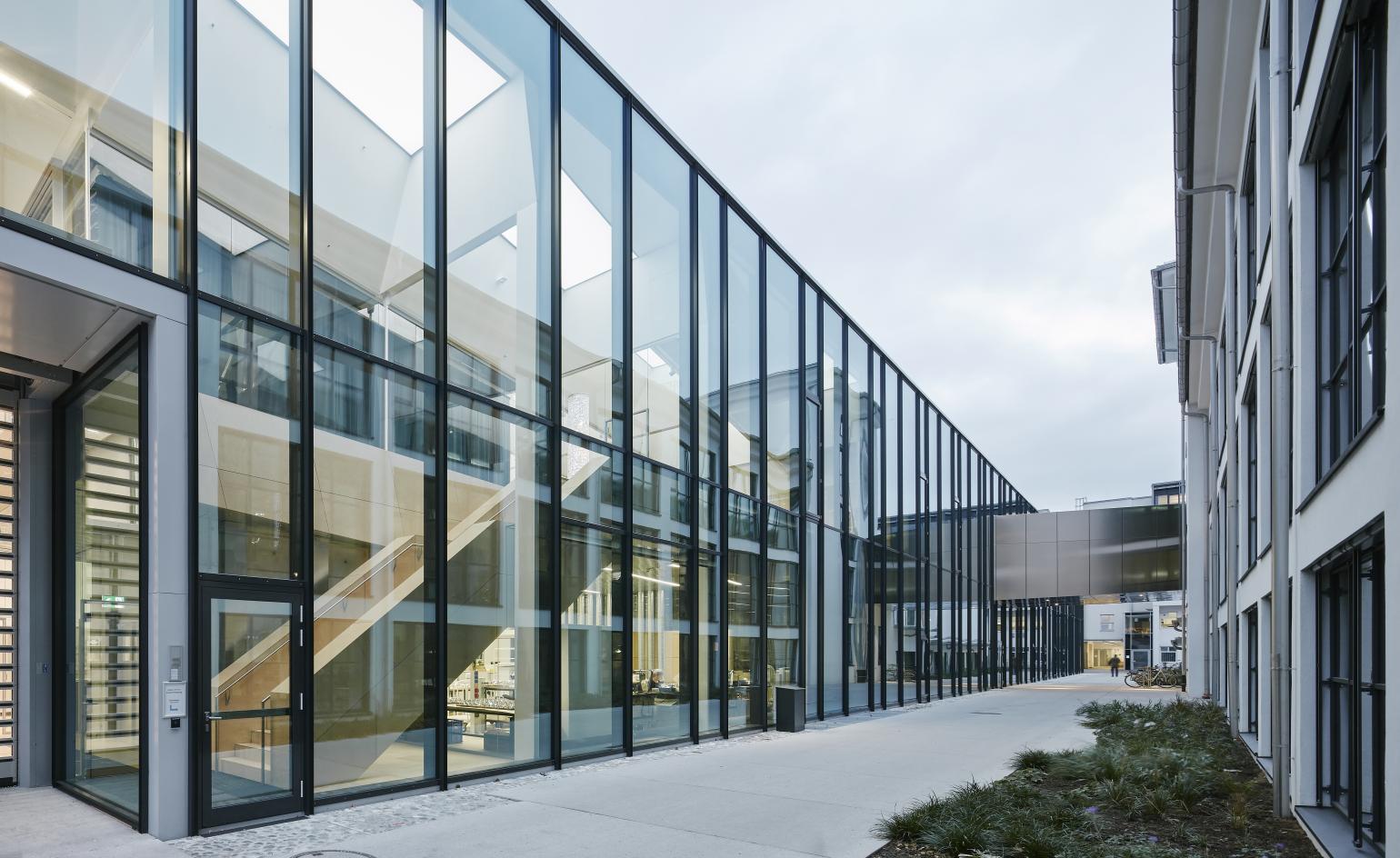
If the idea of manufacturing and production facilities brings to mind closed, dark industrial spaces and a dark-box process, think again. Snøhetta’s latest project, Swarovski Manufaktur in Wattens, Austria, breaks all the rules of what an industrial space could look like.
The structure, which is part of the crystal specialist’s larger HQ and campus in the Tyrolian countryside, was conceived to house both production and creative processes; and most importantly merge the two – bringing makers, designers and clients together for co-creating sessions that open up the whole process of innovation.
The space is as welcoming as its purpose suggests. Large, open spaces feature manufacturing lines alongside drawing boards and offices. A centrally placed, dramatic staircase acts as a key circulation core, but also doubles as a meeting space and main ‘forum’ at the heart of the facility.

Part of the Swarovski campus and worldwide headquarters, Manufaktur presents a new approach to 21st century manufacturing facilities.
The interiors are bright, clean and filled with natural light. Sun shines through the building’s glass-lined sides, but also the ceiling, through openings known as ‘cassettes’. The white steel ceiling incorporates 135 such openings, coated with special material to ensure there is no glare. On top of this, the building meets the criteria of the LEED Gold Standard (Leadership in Energy and Environmental Design) for sustainability.
‘We tried not to interpret the physical properties of crystals in our building geometry’, explains Snøhetta’s Patrick Lüth. ‘Instead, we have tried to understand what makes crystal so special and attractive, and to use these ephemeral qualities to create a specific atmosphere. The space has an incredible amount of daylight penetration which we believe is unparalleled in the typical production facility context. Crystals only come to life with light, so for us it is the intense presence of that daylight that is the most important aesthetic aspect of this building.’
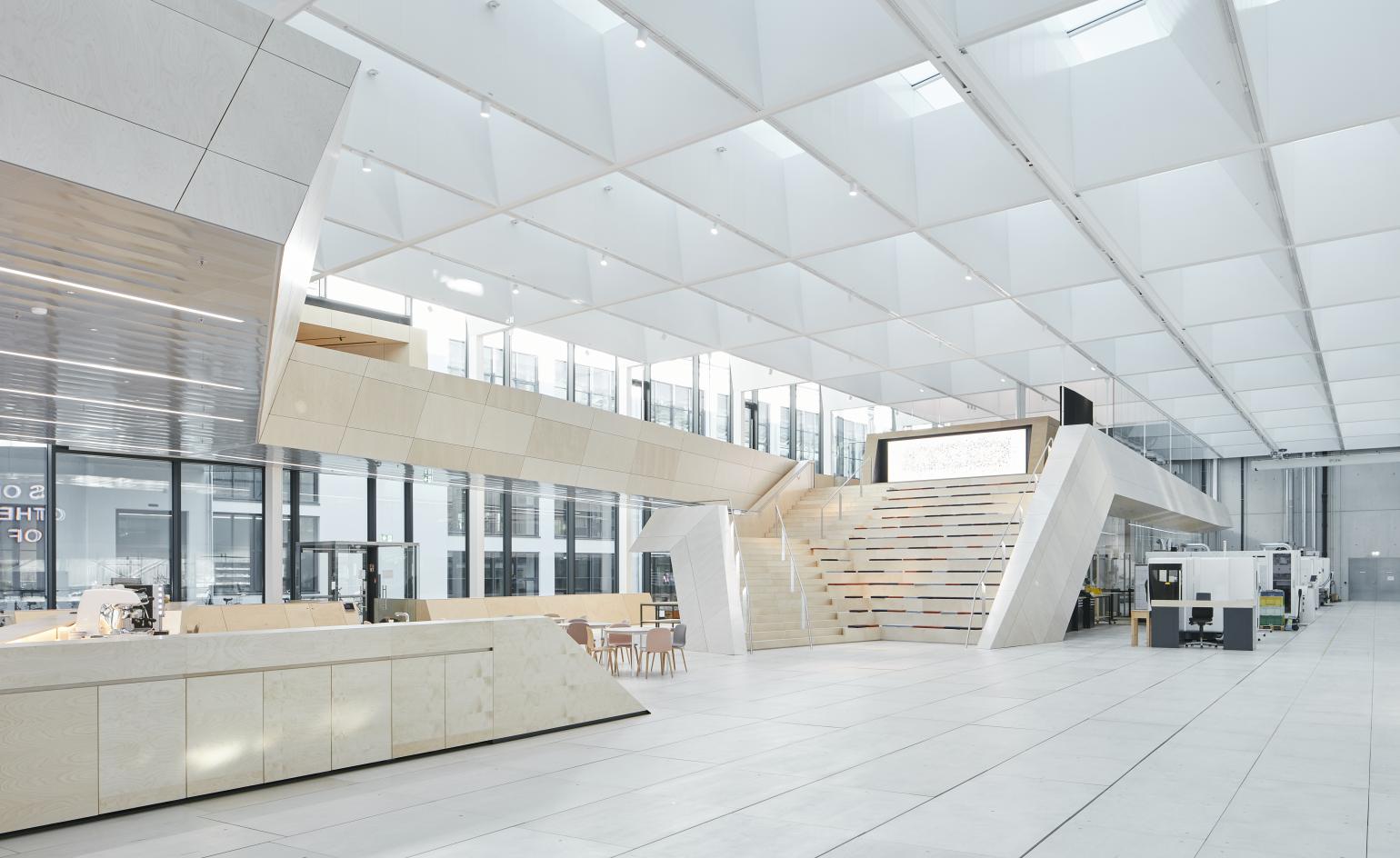
The interior is flooded with daylight and features large, open plan spaces.
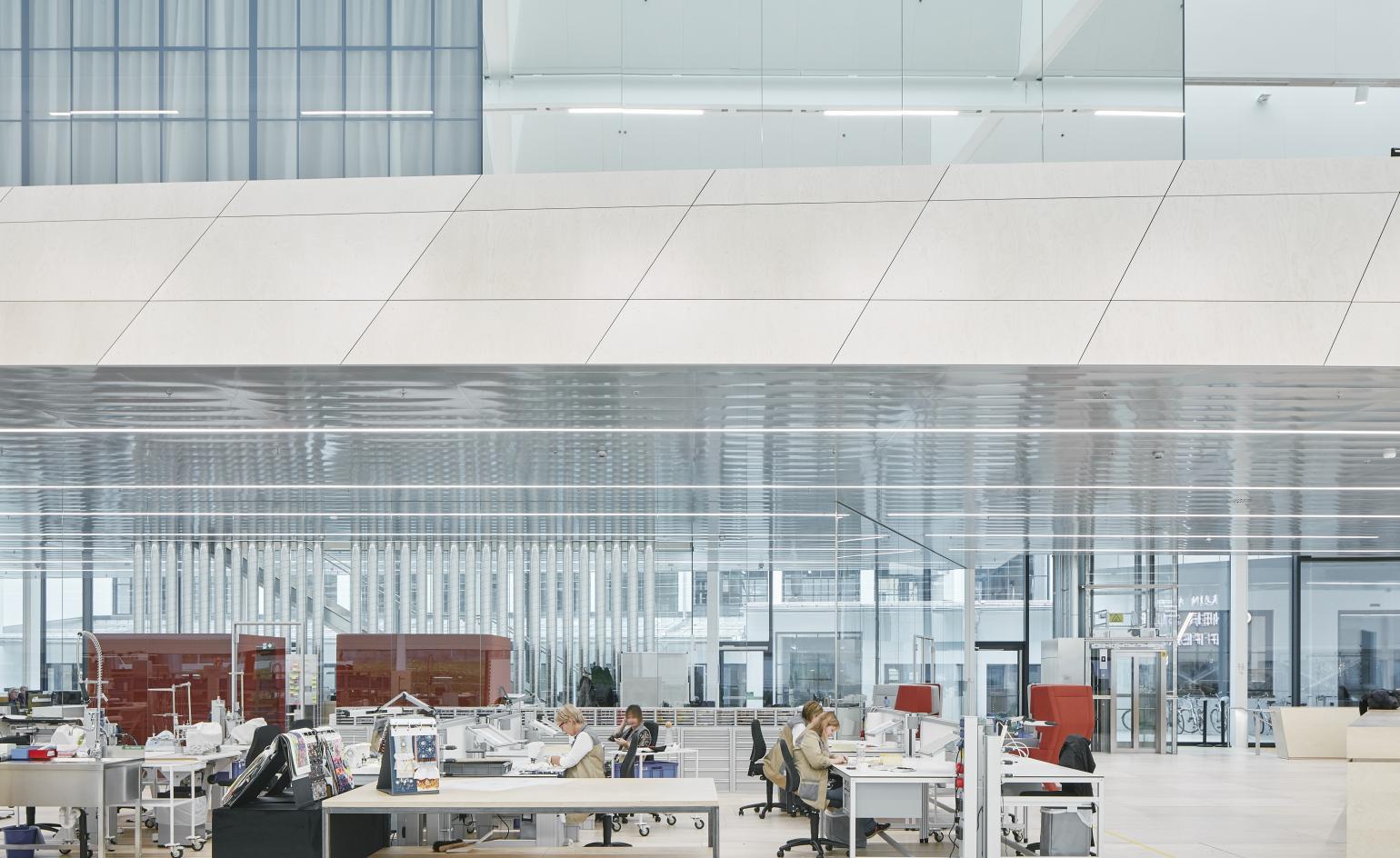
The building merges fabrication with the creative process in a single space.
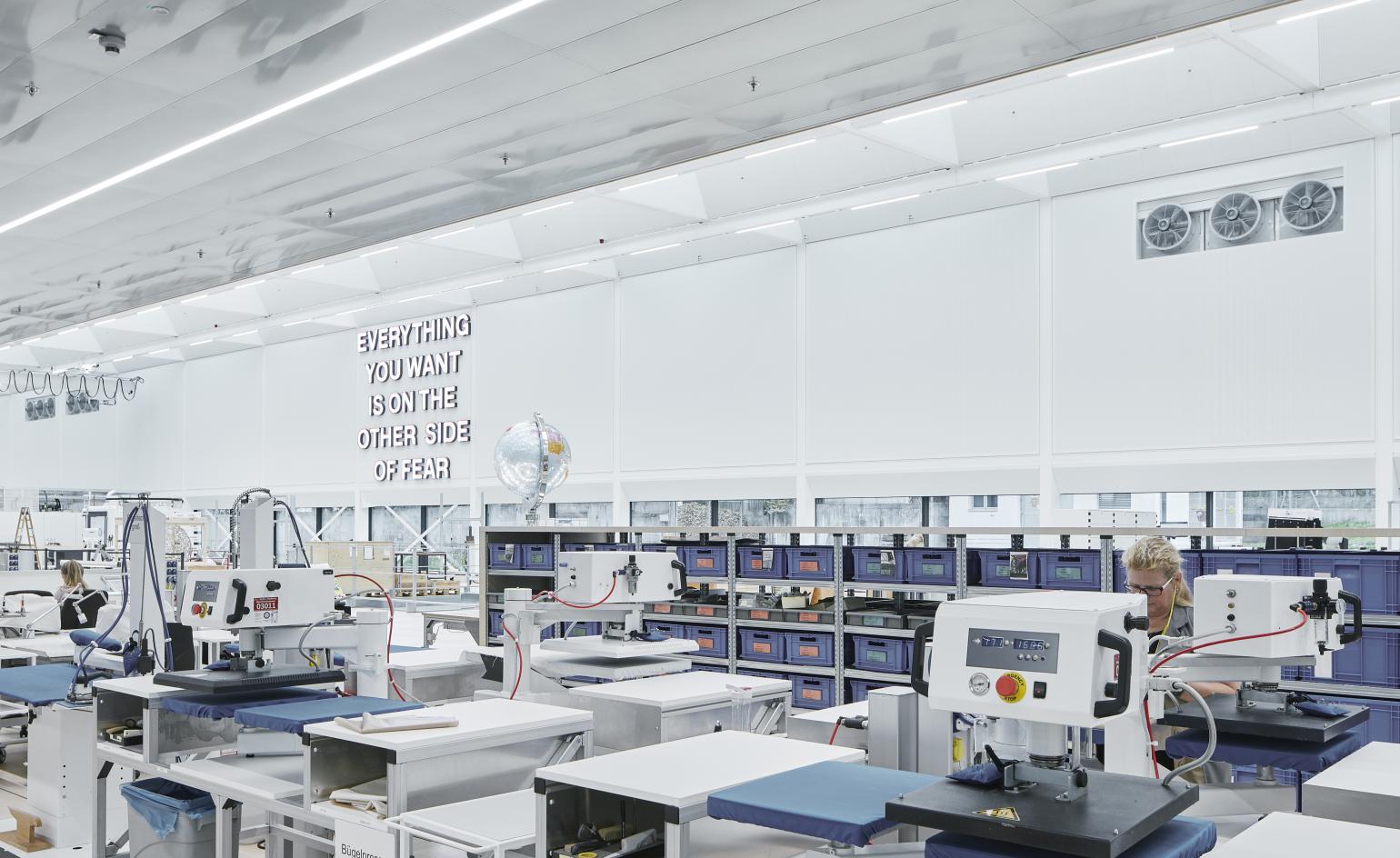
The innovative spatial approach means that Swarovski provides new opportunities to work together with customers.
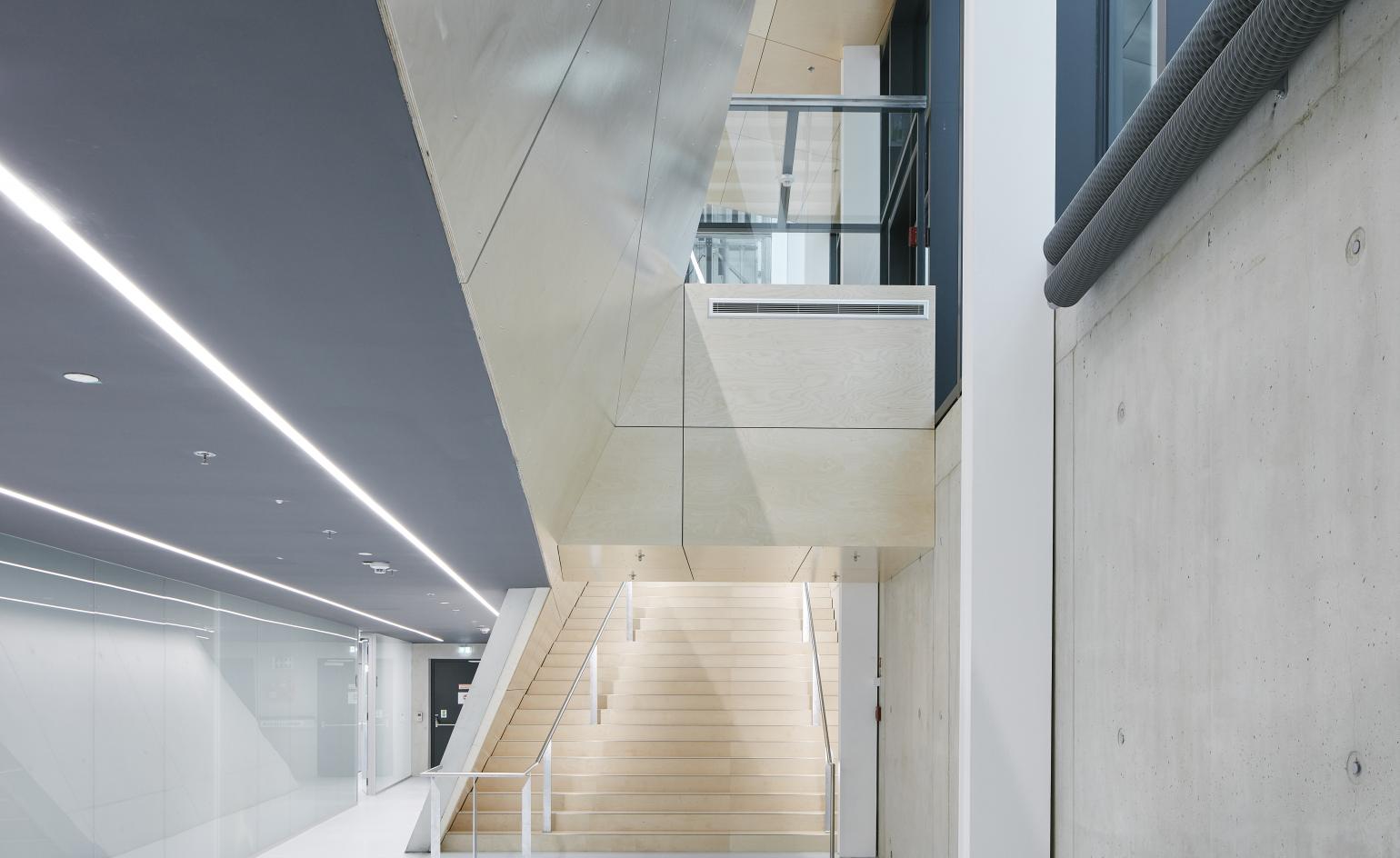
Co-creation, rapid prototyping and representation are all catered for in this state-of-the-art production facility.
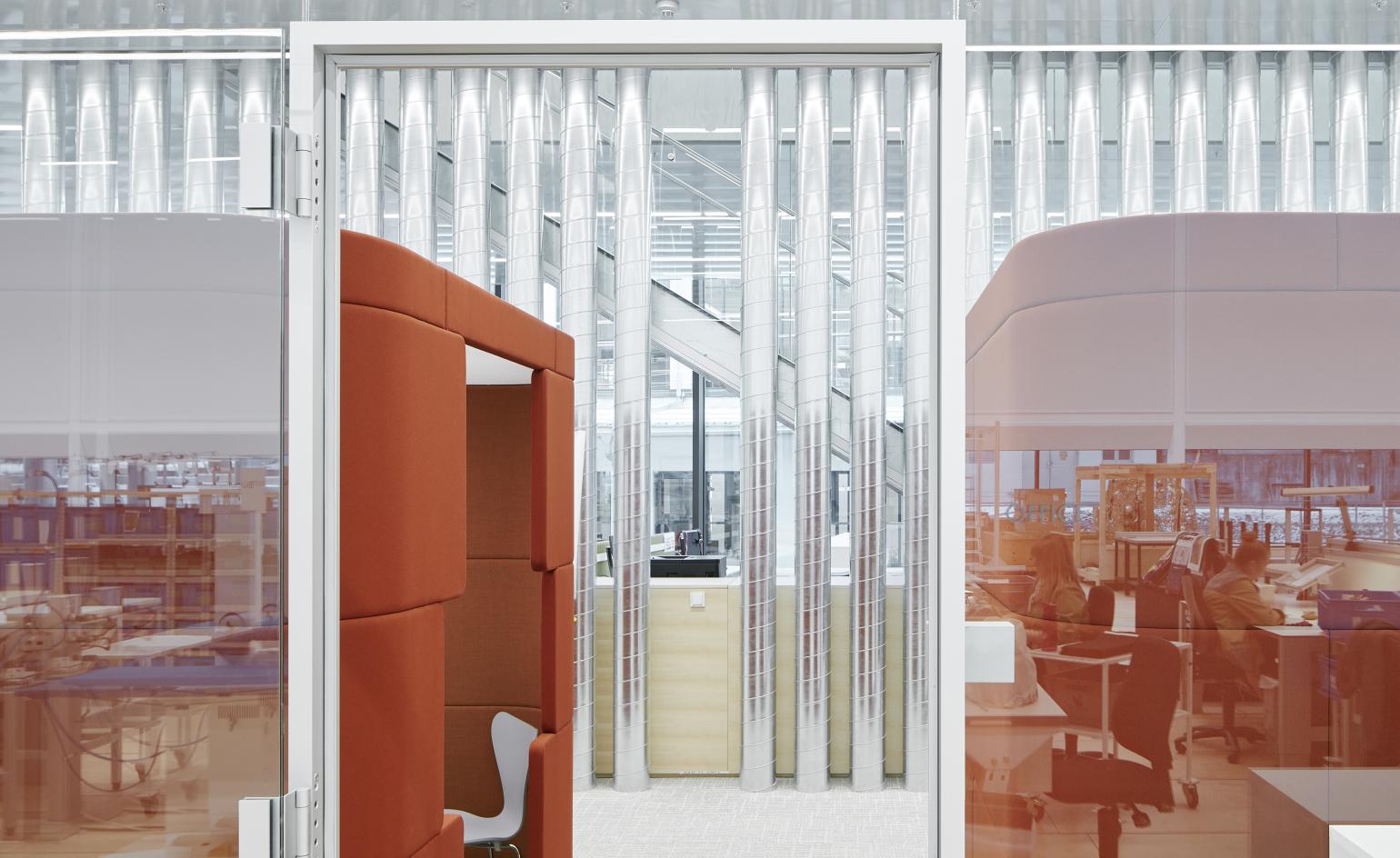
A large open staircase also serves as a meeting point, reflecting the building’s design fexilibity.
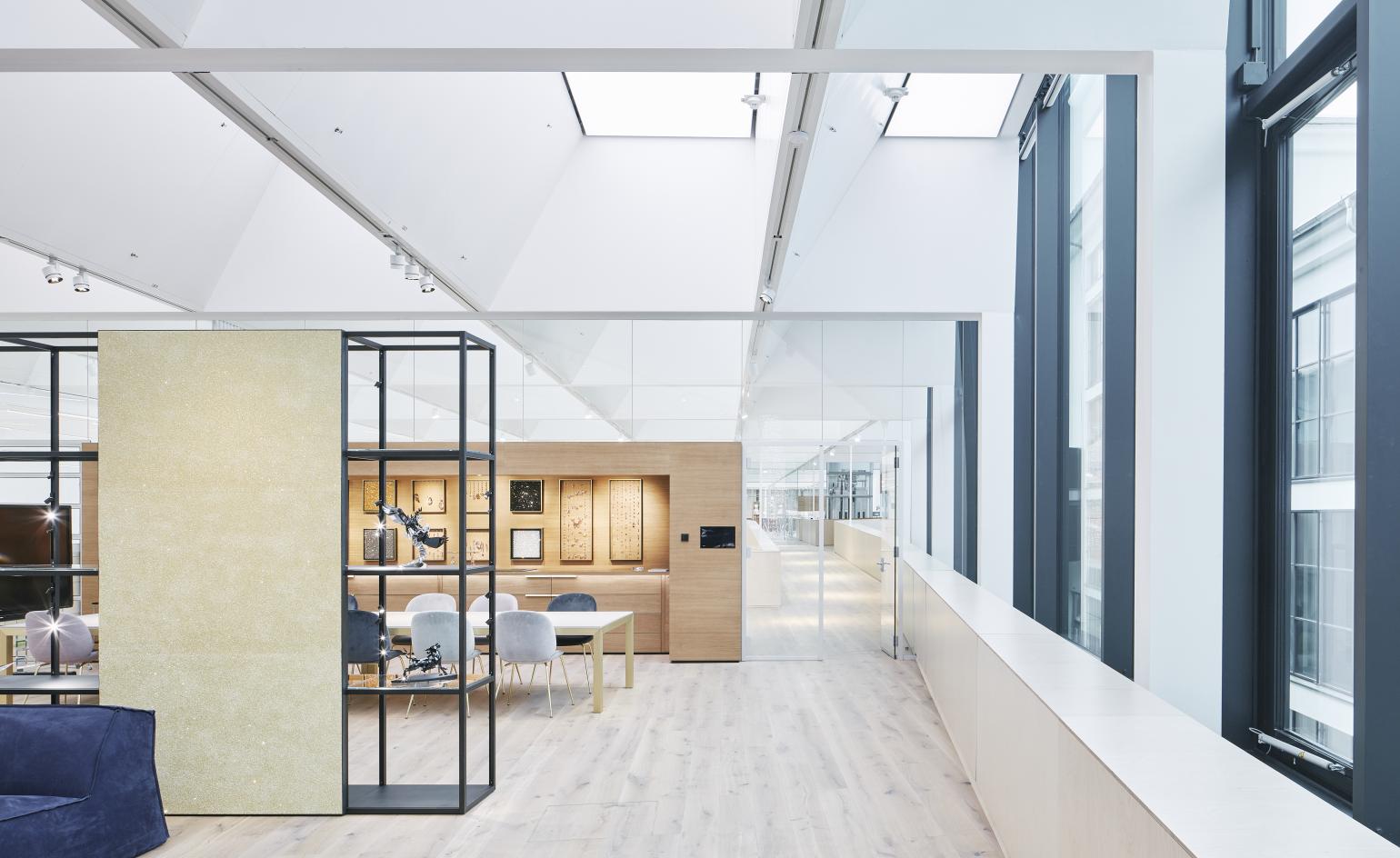
Daylight enters through the building’s sides, but also its ceiling.
INFORMATION
For more information, see the Snøhetta website
Wallpaper* Newsletter
Receive our daily digest of inspiration, escapism and design stories from around the world direct to your inbox.
Ellie Stathaki is the Architecture & Environment Director at Wallpaper*. She trained as an architect at the Aristotle University of Thessaloniki in Greece and studied architectural history at the Bartlett in London. Now an established journalist, she has been a member of the Wallpaper* team since 2006, visiting buildings across the globe and interviewing leading architects such as Tadao Ando and Rem Koolhaas. Ellie has also taken part in judging panels, moderated events, curated shows and contributed in books, such as The Contemporary House (Thames & Hudson, 2018), Glenn Sestig Architecture Diary (2020) and House London (2022).
-
 The Subaru Forester is the definition of unpretentious automotive design
The Subaru Forester is the definition of unpretentious automotive designIt’s not exactly king of the crossovers, but the Subaru Forester e-Boxer is reliable, practical and great for keeping a low profile
By Jonathan Bell
-
 Sotheby’s is auctioning a rare Frank Lloyd Wright lamp – and it could fetch $5 million
Sotheby’s is auctioning a rare Frank Lloyd Wright lamp – and it could fetch $5 millionThe architect's ‘Double-Pedestal’ lamp, which was designed for the Dana House in 1903, is hitting the auction block 13 May at Sotheby's.
By Anna Solomon
-
 Naoto Fukasawa sparks children’s imaginations with play sculptures
Naoto Fukasawa sparks children’s imaginations with play sculpturesThe Japanese designer creates an intuitive series of bold play sculptures, designed to spark children’s desire to play without thinking
By Danielle Demetriou
-
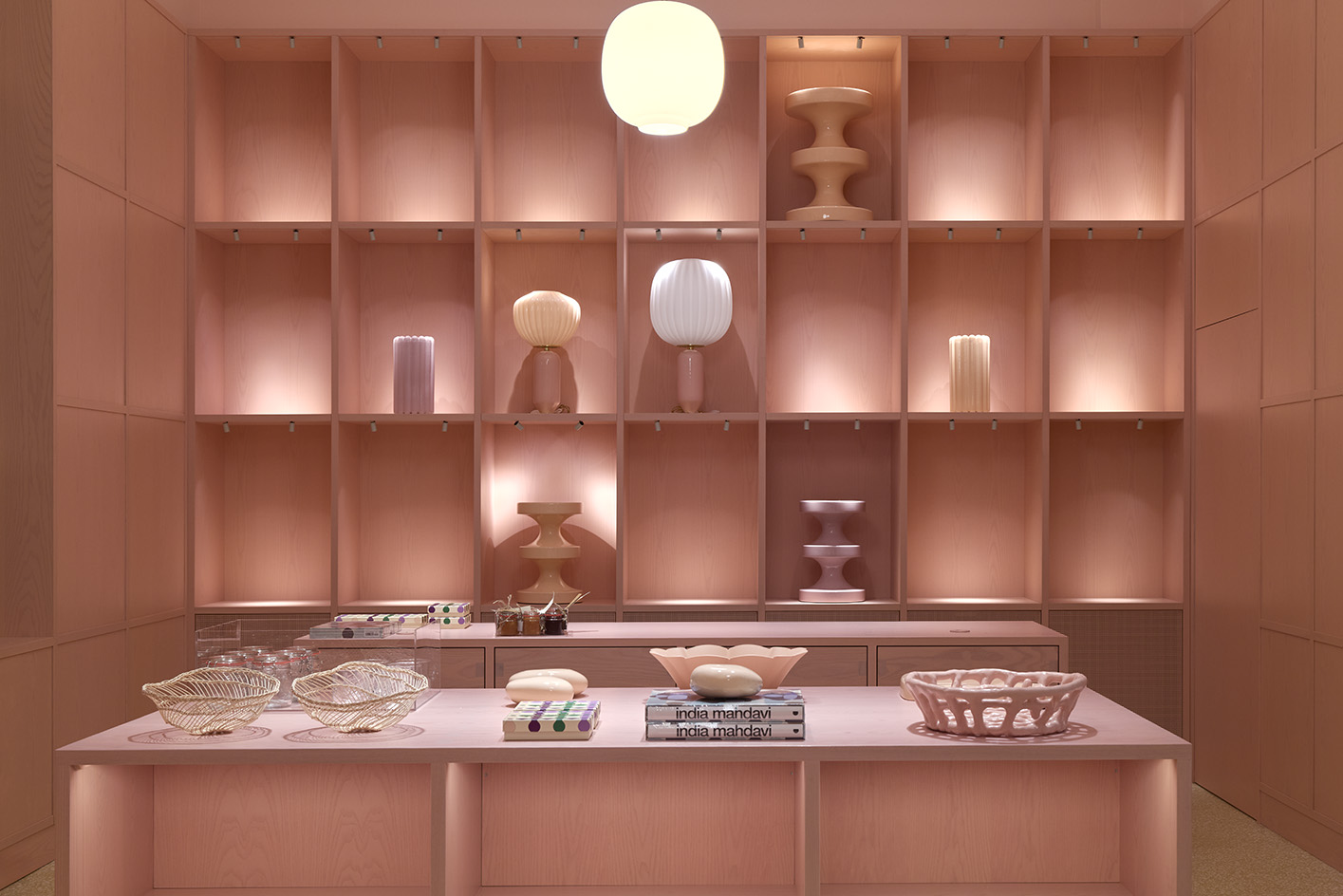 PoMo Museum opens its colourful spaces in Trondheim’s art nouveau post office
PoMo Museum opens its colourful spaces in Trondheim’s art nouveau post officePoMo Museum is a new Trondheim art destination, featuring colourful interiors by India Mahdavi in an art nouveau post office heritage building
By Francesca Perry
-
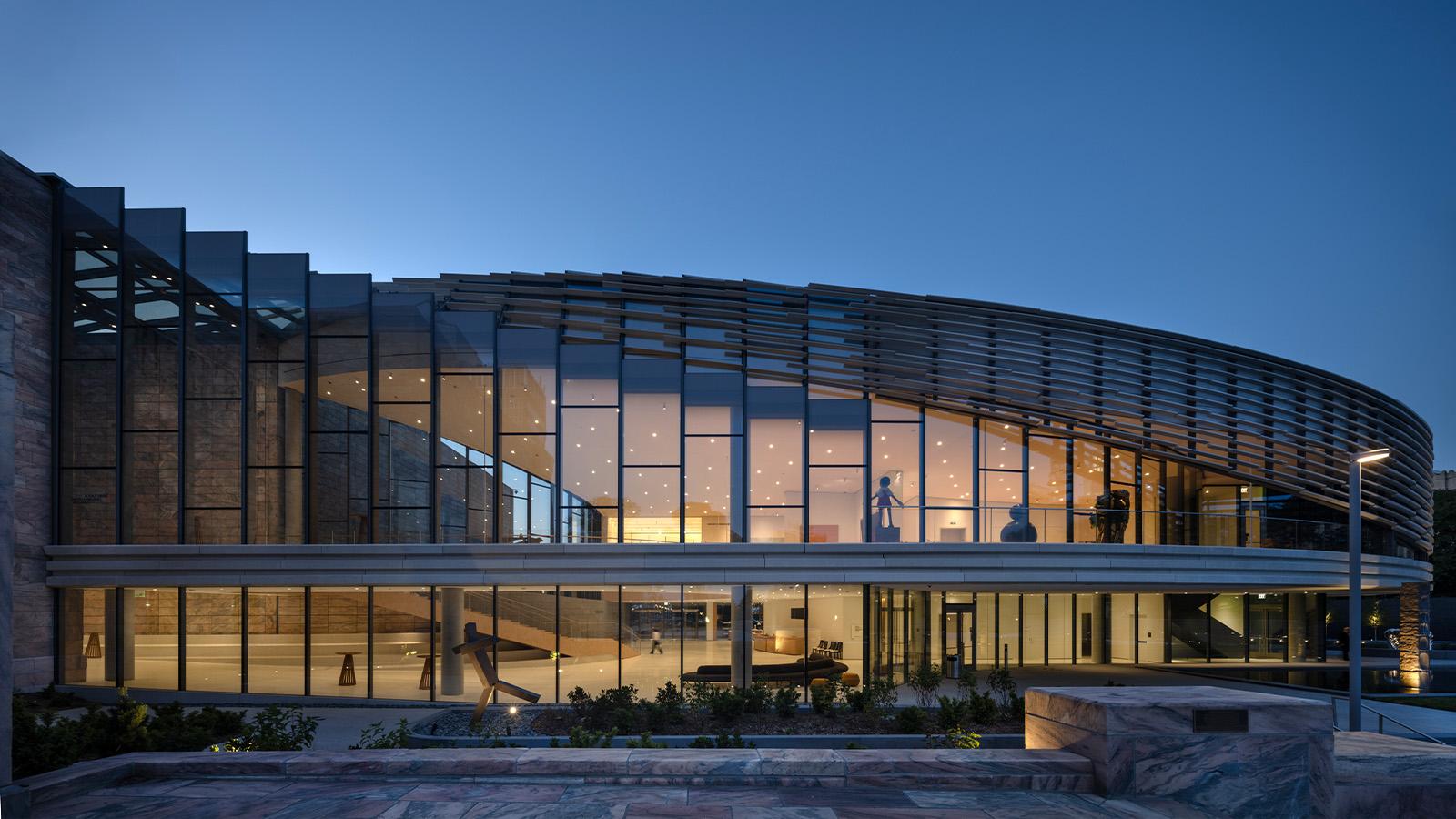 Omaha’s Joslyn Art Museum's newest addition effortlessly complements the institution’s existing complex
Omaha’s Joslyn Art Museum's newest addition effortlessly complements the institution’s existing complexThe third addition to Joslyn Art Museum is designed by Snøhetta, which opted for voluminous common spaces and illuminating atriums
By Anthony Paletta
-
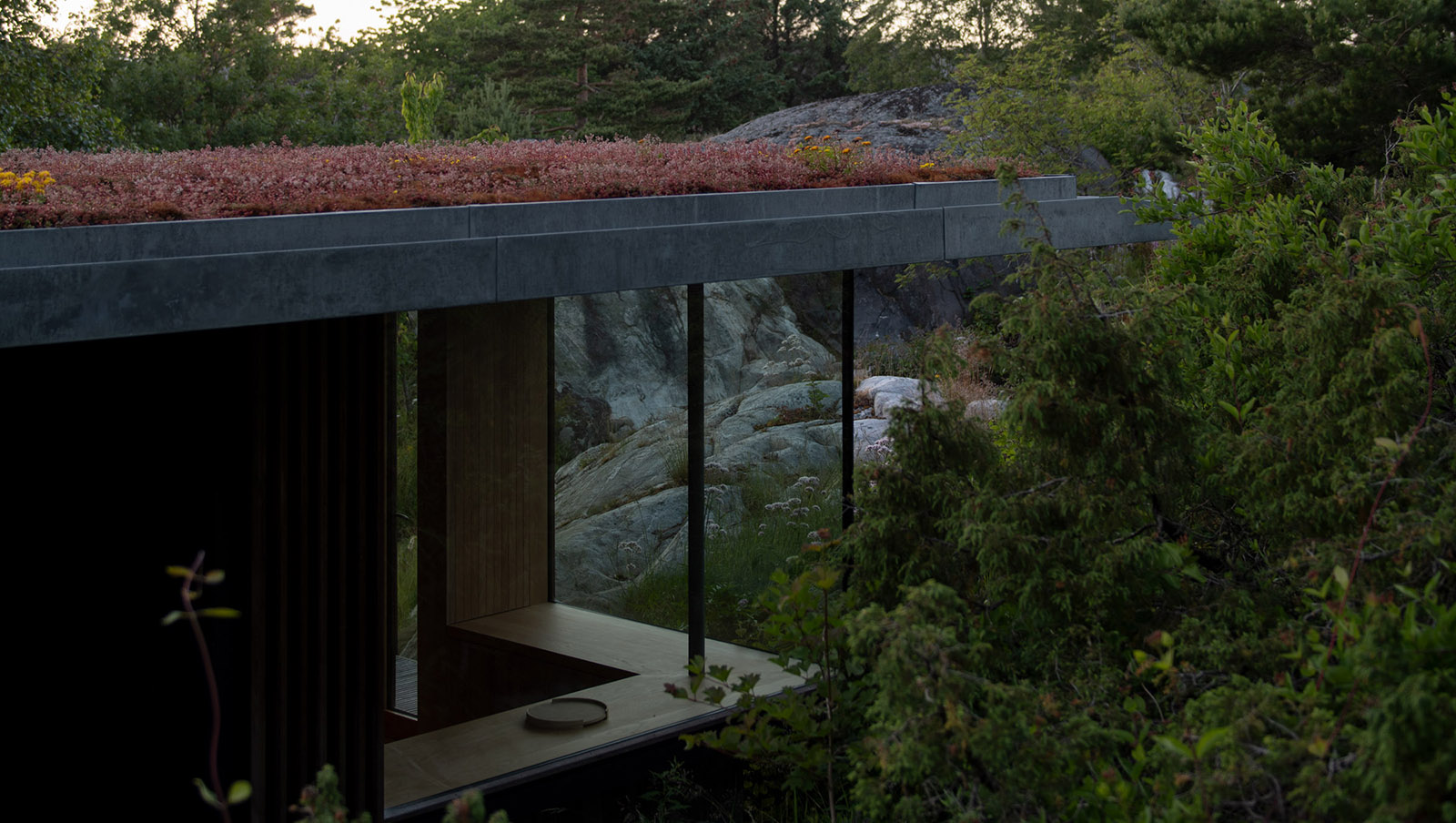 Tour this waterfront Norwegian summer house in pristine nature
Tour this waterfront Norwegian summer house in pristine natureCabin Lillesand by architect, Lund Hagem respects and enhances its natural setting in the country's south
By Ellie Stathaki
-
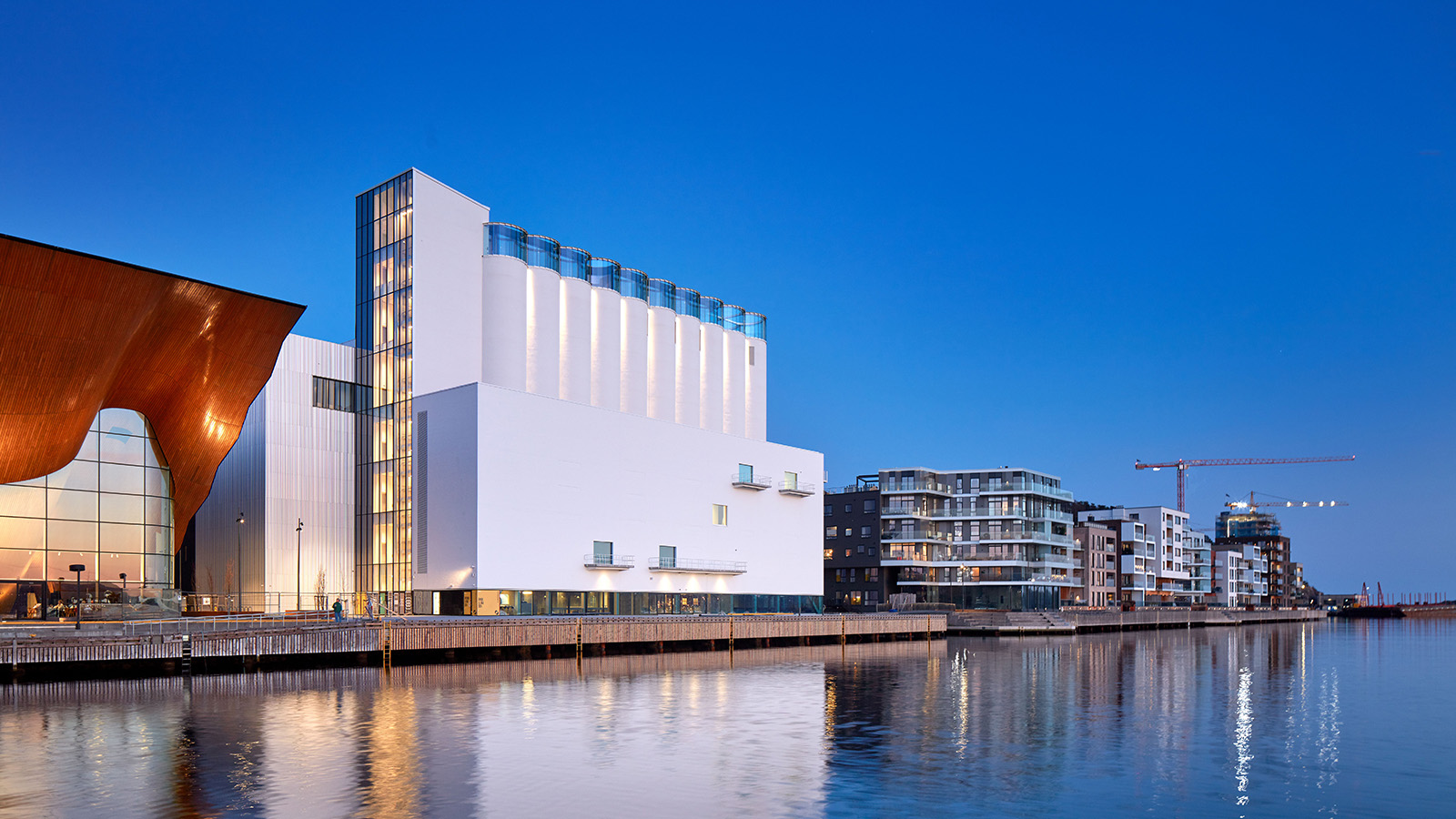 Kunstsilo sees a functionalist grain silo transformed into Norway’s newest art gallery
Kunstsilo sees a functionalist grain silo transformed into Norway’s newest art galleryKunstsilo’s crisp modern design by Mestres Wåge with Spanish firms Mendoza Partida and BAX Studio transforms a listed functionalist grain silo into a sleek art gallery
By Clare Dowdy
-
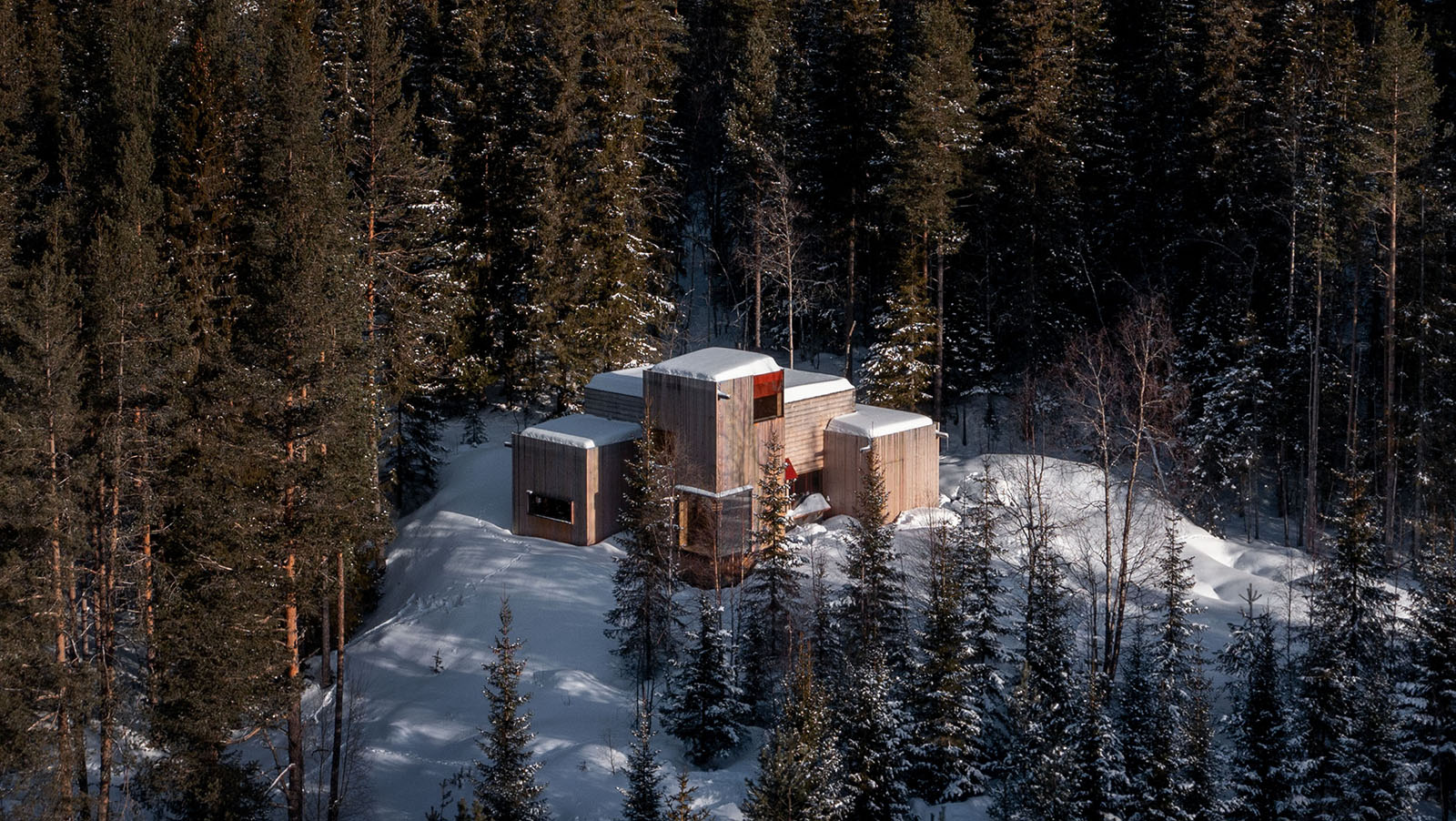 Aarestua Cabin brings old Norwegian traditions into the 21st century
Aarestua Cabin brings old Norwegian traditions into the 21st centuryAarestua Cabin by Gartnerfuglen is a modern retreat with links to historical Norwegian traditions, and respect for its environment
By Ellie Stathaki
-
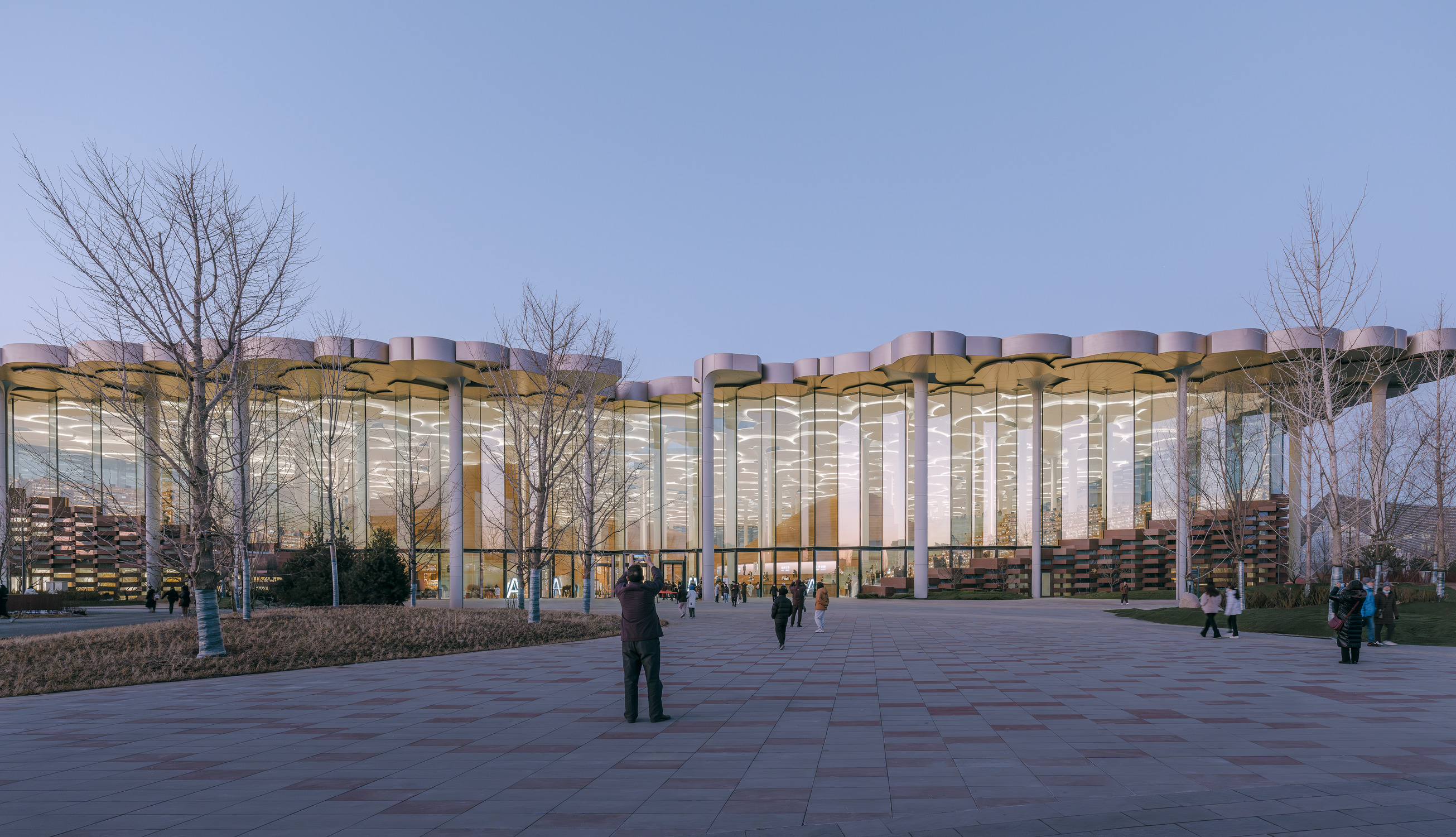 Beijing City Library is an otherworldly escape from the digital world
Beijing City Library is an otherworldly escape from the digital worldBeijing City Library by Snøhetta is a flowing, welcoming space to share knowledge and socialise
By Tianna Williams
-
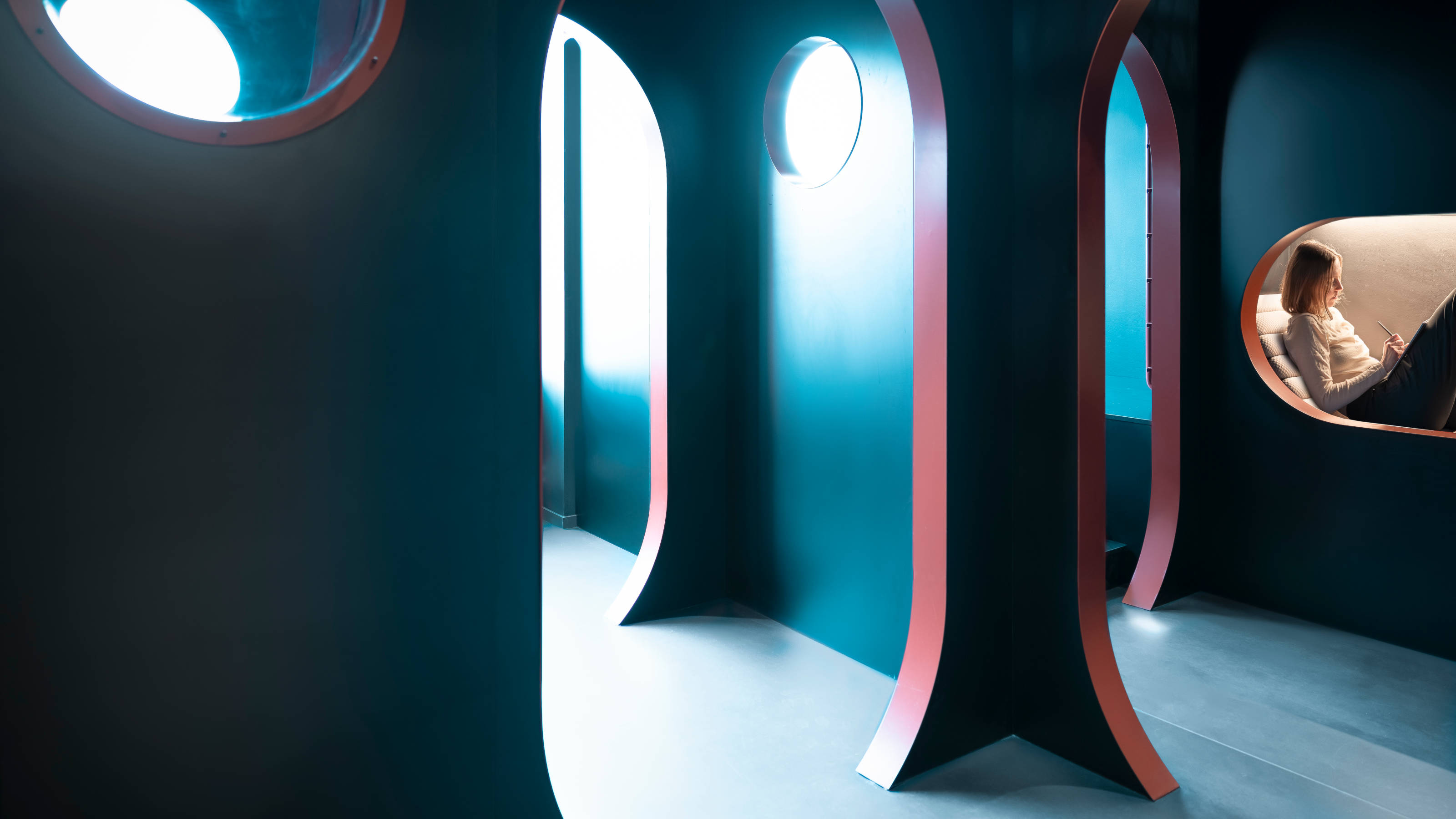 Pioneering tablet maker reMarkable’s Oslo headquarters is a space for ‘better thinking’
Pioneering tablet maker reMarkable’s Oslo headquarters is a space for ‘better thinking’reMarkable’s Oslo head office, featuring areas to retreat, ruminate and collaborate, is a true workspace of the future
By Jonathan Bell
-
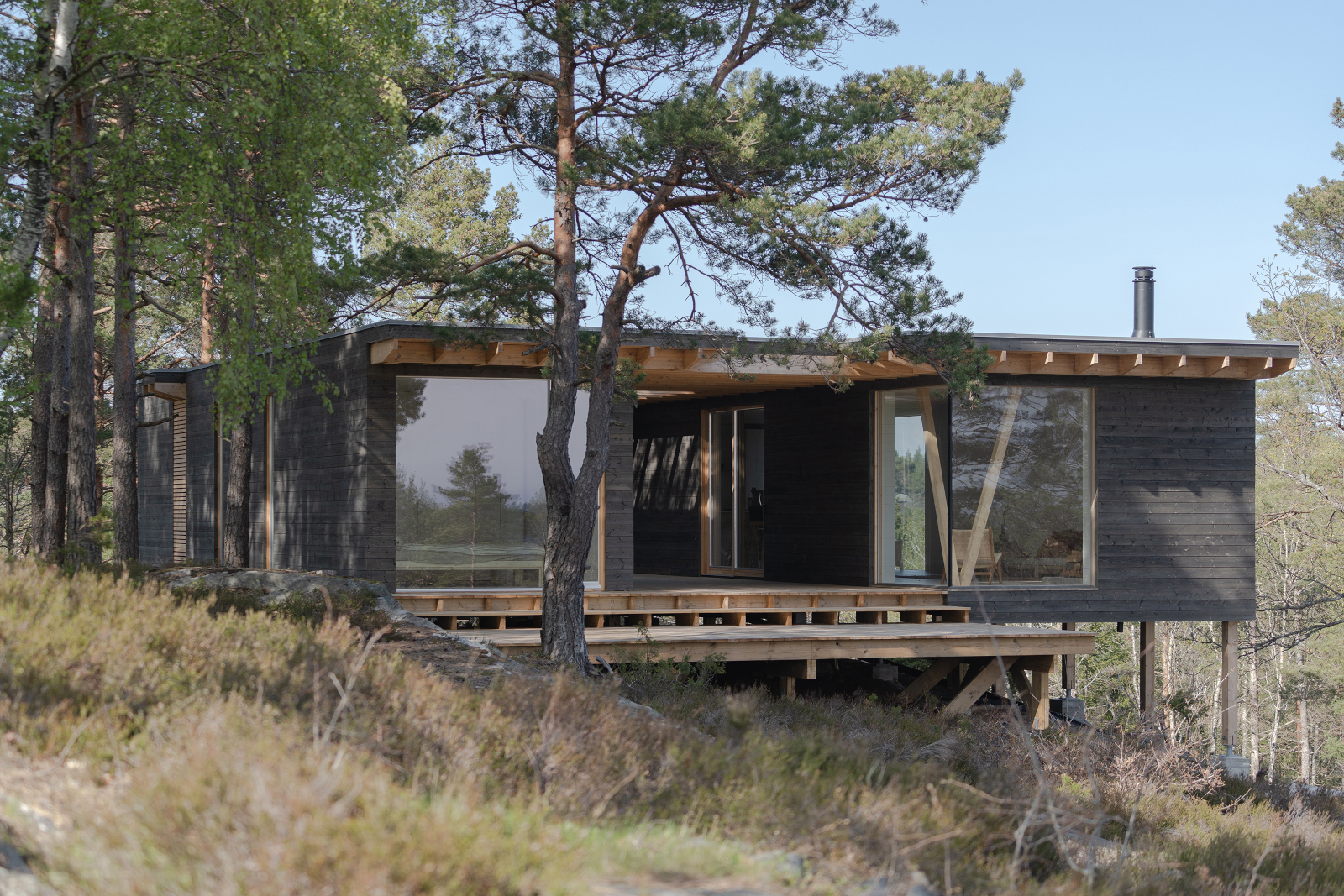 This Norway cabin was designed as a minimalist, coastal escape
This Norway cabin was designed as a minimalist, coastal escapeThis Norway cabin by Erling Berg is made of local timber that frames its scenic Risør views through large openings and outdoor areas, creating a cool summer escape
By Ellie Stathaki